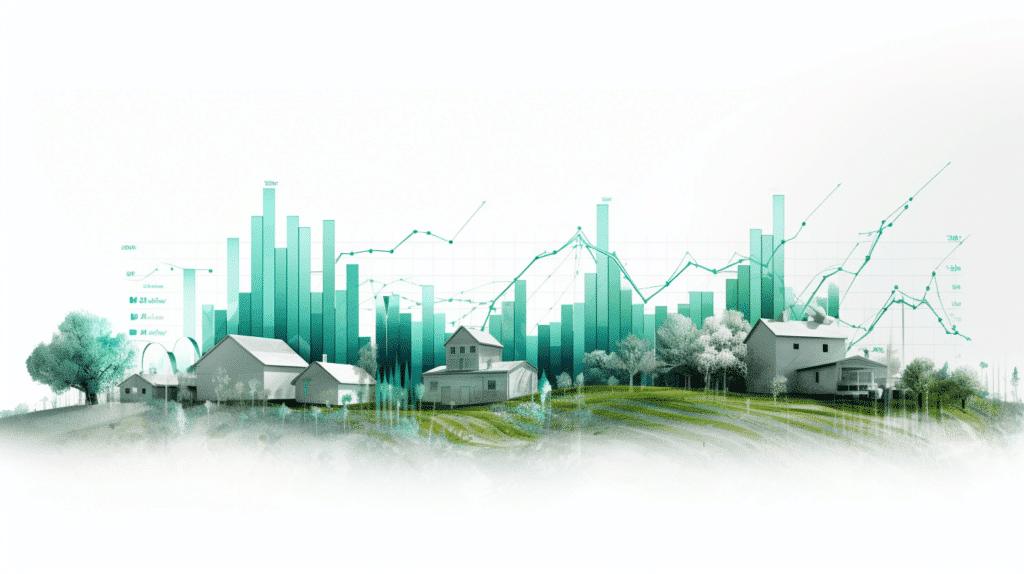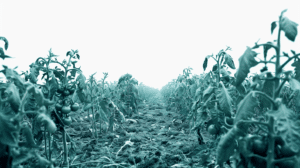As sustainability becomes an increasingly important aspect of agricultural practices, the industry is moving beyond the conventional Scope 3 framework and embracing a comprehensive approach that that goes beyond a single value chain. This shift recognizes the significance of influencing behaviors beyond direct emissions, leading to more sustainable and resilient agricultural systems. In this blog post, we explore the concept of transitioning from Scope 3 to a whole system approach, examining its implications and highlighting key examples that demonstrate its potential for positive change.
Push for Data Alignment
A crucial aspect of implementing a whole system approach is the push for data alignment. To minimize the burden on growers providing data for multiple sustainability initiatives, practitioners are advocating for streamlined data collection processes. By harmonizing data requirements and promoting interoperability between different platforms and reporting frameworks, we can reduce duplication of efforts and enhance data accuracy.
Balancing Ease-of-Use and Detailed Reporting
Recognizing the importance of both grower convenience and detailed reporting, stakeholders are navigating the trade-off between these two factors. While it is essential to provide user-friendly tools and platforms that simplify data collection for growers, detailed reporting remains crucial for brands and processors. Striking the right balance ensures grower participation while delivering the accurate and granular information necessary for effective sustainability assessment and decision-making. For example, merging pre-existing data from grower operations such as fertilizer usage into a carbon calculator can provide significant value to the brands and manufacturers.
The Carbon Offset vs. Insetting Debate
The ongoing debate between carbon offsetting and insetting has gained prominence within the agricultural sector. Carbon offsetting involves compensating emissions through external projects, while insetting focuses on reducing emissions within the value chain itself. Evaluating the advantages and disadvantages of both approaches is crucial to determine the most effective strategies for achieving carbon neutrality and driving sustainable practices across agricultural operations. In any case, both will require high levels of engagement with growers, even where direct commercial relationships do not exist, to ensure that double accounting of carbon is not taking place.
Prioritizing Food Production
A potential risk associated with carbon markets is the inadvertent prioritization of carbon credits over food production. While participating in carbon markets is commendable, it is essential to ensure that sustainable agriculture practices align with the primary objective of food security. Striking a balance between carbon-focused initiatives and maintaining adequate food production levels is critical for the long-term viability of agricultural systems. Secondary food processors and brands can support in maintaining this balance by investing and support in the transition to regenerative systems that seek to optimize both carbon capture and storage with the long term productivity and health of the food production ecosystem.
Holistic Crop Management
Shifting to a whole system approach requires considering a single crop within the context of the broader rotation. Holistic crop management takes into account interdependencies and synergies within crop rotations, optimizing resource use, pest management, and soil health. Ways to reflect this include engaging in consortiums that bring together multiple stakeholders (growers and their customers), as well as metrics that measure soil and ecosystem health which reflect the entire rotation system. By understanding the broader ecological context, growers can implement sustainable practices that enhance productivity while minimizing negative environmental impacts.
Complexity Introduced by Land Ownership
Growers who do not own the land they cultivate face additional complexities in implementing sustainable practices. Engaging with landowners and forging collaborative relationships becomes crucial in navigating these challenges. By involving landowners in sustainable agricultural initiatives, growers can secure long-term access to land, enabling the implementation of regenerative practices and ensuring the continuity of sustainable agricultural systems.
Embracing a whole system approach represents a paradigm shift in agriculture, moving beyond Scope 3 emissions to address behaviors and practices beyond the immediate value chain. The goals are to build resilient agricultural systems that promote environmental stewardship while ensuring the long-term viability of farming practices.








